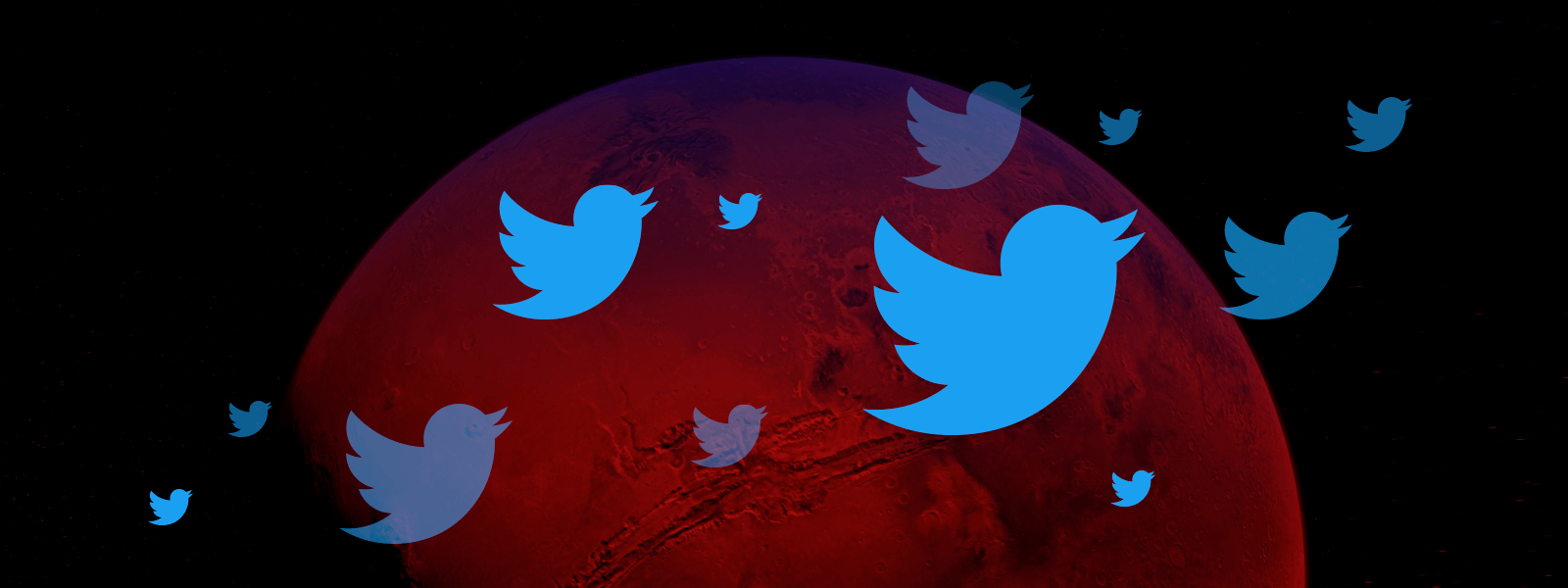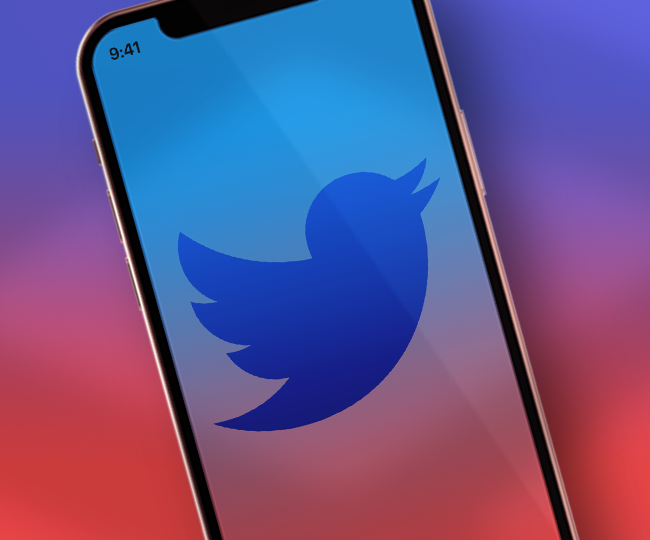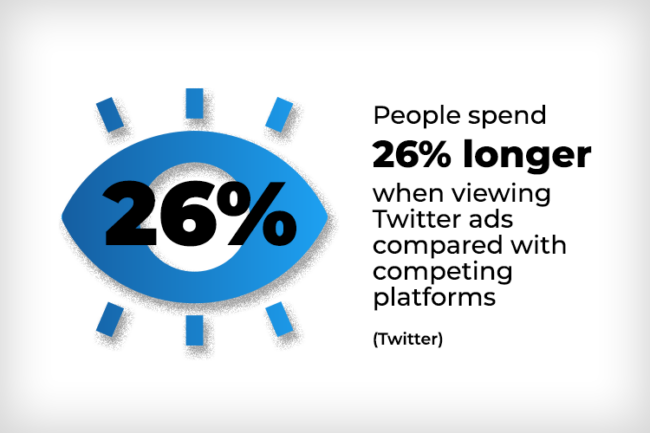Twitter in the Era of Musk: Five Takeouts For Digital Marketers to Watch Like a Hawk
Elon Musk has bought Twitter, and in a Hookson exclusive, we reveal precisely what he’s going to do with it across 2023 and onwards.
Only joking.
The truth is that right now, and maybe for a while yet, no one really knows what the tech billionaire’s plans are. Probably not even the tech billionaire himself.
But a few predictions have taken flight – many based on what Musk has revealed since He completed his $44 billion Twitter takeover in October 2022. It’s not dramatic to state that some of these potential changes are pretty earth-shattering.
So in this blog we’ll present a run-down of how the messaging platform might fly – or fall – in the coming year. And that includes it perhaps becoming more than just a messaging platform.
Twitter: Checking Out its History…
We strongly suspect that nobody reading this blog needs any introduction to Twitter. After all, the network attracts around seven-billion visits a month and easily places in the world’s ten most-visited websites.
But for a bit of context, here are some bite-sized milestones since the platform emerged way back in 2006:
2006: On March 21, co-founder Jack Dorsey posts the first ever Tweet (but who to?)
2006: July 15. Public launch of the first full version of Twitter
2007: The world says #hello to the #hashtag – and the retweet
2009: Ashton Kutcher wins the race to garner one-million followers, the actor pipping CNN to the post
2010: The Library of Congress reveals its plans to archive every public tweet
2010: Twitter Introduces Promoted Tweets – posts purchasable by advertisers looking to connect with new and existing followers
2013: Twitter launches Vine, allowing users to create and share six-second-long looping videos
2016: Twitter shuts down Vine
2017: The character limit of a tweet doubles to 280
2021: November 29. Jack Dorsey resigns as CEO
2022: October 28. The Elon Musk era begins
2022: 18 December. Musk announces he will step down as Twitter CEO. This follows a Twitter poll in which 57.5% of 17.5 million respondents urged him to quit



